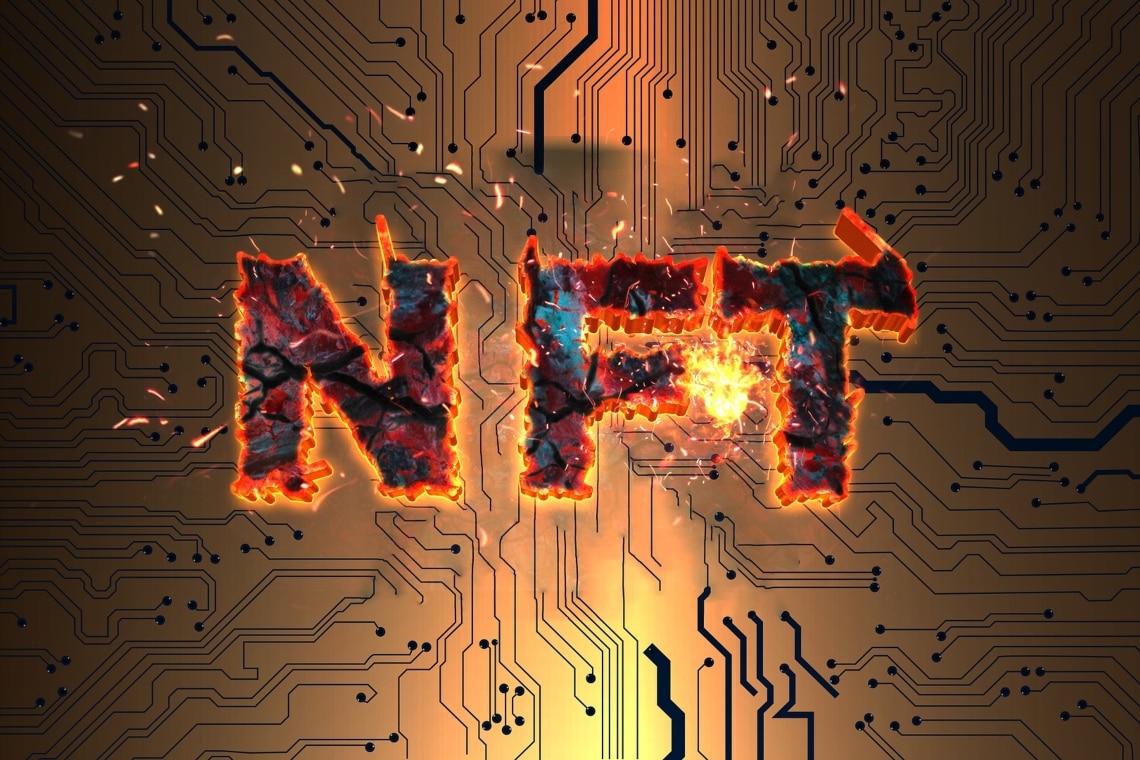OpenSea vs Blur: NFT market battle

Ethereum validators benefit from the increasingly fierce competition between the two largest NFT marketplaces, OpenSea and Blurwhich drives up gas prices.
However, the windfall may not last long. Below are the details.
Competition on the NFT market between OpenSea and Blur
Ethereum’s validator nodes, which are no longer miners after the “Merge” in September, benefit from the intense competition between non-fungible token (NFT) marketplaces Blur and OpenSea, which have increased transaction feesaka gas, on the network.
Ethereum’s gas fees, which typically rise when there is increased demand for network block space, have increased since the start of the year, with recent spikes driven primarily by the NFT market, according to data from the blockchain data firm Glass node.
In fact, Ethereum validators earn rewards through gas prices by staking Ether to protect the network. As a result, average transaction gas prices were 35 Gwei (a name for ETH) on Monday and exceeded 38 Gwei on February 16.
In other words, Glassnode data showed the highest value since June 2022. Yehudah Petscher, Crypto slime NFT relationship strategist at Discard Labssaid the following about the matter:
“Miners are the clear winners right now as they process this huge surge in Ethereum transactions. You remember this every time you make a transaction, whether it’s sending some ETH between wallets or buying an NFT. The little warning appears in MetaMask and tells you that the network is busy and you can’t help but think how well the miners are doing.”
Why did competition arise between the OpenSea and Blur NFT marketplaces?
The Blur NFT marketplace, which launched in October, has gained traction because it does not charge transaction fees for users and recommends a low royalty rate for NFT creators.
The moves were seen as a clear challenge to NFT marketplace leader OpenSea, which responded with cut their fees for popular NFT collections to zero while losing ground to Blur.
Glassnode analyst Alice Kohn wrote in a report last week that the market’s recent focus on Blur has led to increased demand for block space, resulting in higher fees for validators.
Over the past seven days, the Blur NFT market has recorded a trading volume of 410.93 million dollarsmore than seven times higher than OpenSeas 52.4 million dollarsaccording to data from DappRadar.
Elsa Kinghead of research at Singapore-based NFT data company NFTGo, told Forkast that the high gas fees caused by the airdrop of the Blur token could be seen as beneficial for Ethereum validators in the short term.
Although it probably won’t bring any big changes in the long run.
Kong said that it is not entirely fair to call Ethereum miners the “winners” in this situation, since the success of the Ethereum network depends on a number of factors, including user adoption, network Safety and developer activity.
In fact, Kong stated:
“It is important to note that the Blur token airdrop is not directly related to Ethereum miners, as miners are more concerned with upgrading Ethereum, such as moving from proof-of-work to proof-of-stake.”
Nick Ruck’s commentary on the NFT conflict
Nick Ruckstrategy manager at the licensing company NFT for intellectual property ContentFisaid smaller players may not see a big difference in their earnings.
He further added that he has been an active Ether staker since November:
“Obviously the higher gas prices are not good for everyday users, but you still get more commission for stakers. Personally, the higher gas fees from my day trading are not offset by the increased fees I earn, but I also don’t bet much compared to a bigger staking ace -a-service-firma.”
In other words, in Ruck’s view, for most people who bet in pools, they may not see much of a difference since they are dividing in portions.
Ruck said there is a lot of maintenance to be validated. Therefore, the more industrialized the configuration, the more will be achieved simply through increased efficiency. If you do it at home, for example, you will be penalized for going offline.
Ruck agreed that validators will not be long-term beneficiaries of Blur and OpenSea’s battle for dominance, simply because he believes it will be short-lived. Finally, Ruck concluded:
“For now, they can earn more, but I think it’s too temporary. How long can Blur and OpenSea go without earning these commissions or only earn minimally compared to before?”
Glass nodes Kohn wrote that the recent buzz surrounding Blur has yet to have a significant impact on network adoption.
Kohn said that Blur and OpenSea could battle it out same existing user baseas the recent interest in NFTs seems to attract mainly existing users and is not yet able to attract new users to the Ethereum network.
OpenSea and Blur rivalry: the rise in NFT sales
Global sales of non-fungible tokens (NFTs) increased 159% over the seven days from February 17th to 23rd, where the increase in rewards from the NFT Blur market looks set to continue to drive most of the action in the industry.
Total weekly NFT sales increased to 772 million dollars over the seven days from $299 million last week, according to data from NFT aggregation website CryptoSlam.
The average price of assets sold on Tuesday rose to $566.43more than three times higher than $175.57 on February 14. Yehudah PetscherNFT Relationship Strategist at Cryptoslam, said:
“Blur Rewards still drives most of the action in the NFT space as Blur farming Season 2 is now open.”
On February 14, Blur released and distributed its Blur tokens. On Wednesday, it hands out another one 300 million BLUR Tokens. The cryptocurrency was traded at $0.94 from 3 p.m. Friday in Hong Kong, according to CoinMarketCap data.
Additionally, over the past seven days, the NFT Blur marketplace has recorded a trading volume of 652.28 million dollarsmore than four times the $150.66 million of market leader OpenSea, according to data from DappRadar.

























